- The Performers
- Posts
- Why Temu’s “Cheap” Ads Are Beating Premium Brands
Why Temu’s “Cheap” Ads Are Beating Premium Brands
I finally get why people love Temu ads...
What's up, Marketers! This is Aazar.
This newsletter is about leveling up your paid growth marketing skills by analyzing the best brands' paid strategy, tactics, positioning, and value props.
This newsletter is divided into:
Sharing what I've learned
Sometimes sharing some other performance marketers’ lessons with you (
And I analyze & compare the best ads on the internet this issue)
I’ve spent more than $50mn over 4 years.
Here's what I discovered:
Pretty ads don't sell. Ugly ads do.
And the highest-performing brands are now demanding I run ugly ads for them because they work.
I’m sharing all with you now:
→ The 12 ugly ad formats that convert like crazy (most people have never seen these)
→ Why ugly ads pass the trust factor in an AI world
→ The psychology biases that make people stop scrolling
→ How to use ugly ads without destroying your brand
→ The biggest mistakes people make when copying ugly ads
The shocking part? One ugly ad format worked for 8+ months straight and is still running profitably.
I've turned this into a complete video guide breaking down all 12 formats with real examples you can steal today.
While, my friend Barry Hott is an inventor for this term. I can tell you, I took it to heart and tried and tested so many good examples you won’t find even in his content event.
I hate Temu.
I hate how cheap it is. I hate that it's everywhere. And I really hate how damn good their ads are.
They shouldn't be this good. But they are.
Rarely, their product are products are as good but at least ads don’t disappoint.
Every scroll, you'll see one, pretending to be a life hack, a review, or some random "cool find." Then suddenly, boom, you're watching an ad.
And not just any ad. A perfectly engineered one.
Here's the part that messed with my head: even my rich friends are buying from Temu. Because it’s the same products, same brands, just cheaper. The line between "budget" and "premium" isn't as clear anymore.
Temu has cracked something most brands still struggle with: making ads people actually want to watch, and products people can't resist trying.
So yeah, I hate them. But I also study them. Because behind the chaos, there's genius.
Let's break it down.
Ad #1 – The "Unboxing That Feels Like a Steal" Strategy
This one starts simple: "Unbox the world's most affordable tablet with me."
That line hooks you right away.
It's not a loud ad. It feels calm, casual, and real. Like a friend showing you something cool they found.
Then comes the product avalanche. Tablet, keyboard, mouse, pen, charger, case, screen protector.
You start thinking, "Wait… all that for £30?"
That's the genius. They're not selling features. They're selling value shock.
It looks like a review, but it's not. It's your brain justifying a purchase in real time.
Why it works:
Starts like a review, sells at the end
Feels genuine and low-effort, which makes it trustworthy
Focuses on discovery, not selling
Every frame reinforces affordability and abundance
What you can learn:
If your product has a strong value story, show it piling up
Structure your ad like a walkthrough. People trust what they see
Do the product demo like a review or unboxing video, then close with an easy CTA
They aren’t showing a tablet. They're showing proof that cheap doesn't mean bad. And that's a dangerous kind of brilliance.
Ad #2 – The "Scam-Free Makeover" Hook
The ad opens with a line that stops you cold: "One of the biggest scams you can fall for is paying thousands for marble tiles."
That flips your mindset instantly. You're being warned about something important.
Then the fix appears. £10 tiles, ten minutes, and a full wall done. No mess. No drama. Just instant satisfaction.
Every claim is backed by proof. He spills water. Wipes it clean. Shows the texture. You see the result as he says it.
And just before you scroll away, he adds, "They won't be on flash sale for much longer." Soft urgency. Hard to ignore.
Why it works:
The hook makes people feel smart for watching
Each feature is shown, not told
Proof replaces persuasion
The final line creates gentle FOMO
What you can learn:
Start with a protective hook ("Here's what not to fall for")
Narrate and show together. It builds trust fast
Turn demos into mini stories
Save urgency for the end
Temu uses education as camouflage. You think you're learning, but you're actually being sold.
Ad #3 – The "I Took a Gamble… and Won" Strategy
This ad feels like a confession.
The creator starts by admitting they were nervous to order. "No reviews," "looked too cheap," "was scared it'd be toy-sized."
THIS is a the perfect setup. They’re almost addressing the elephant in the room, because that's exactly what most people think when they see a Temu ad.
Then comes the twist: the product turns out way better than expected.
She unboxes it, sets it up, and it looks surprisingly real, even premium. The narration and demo run together, so you're seeing the proof as she talks.
The story feels honest, like a friend who took a risk so you don't have to. It's psychology 101: turning skepticism into curiosity, then into trust.
And while all this is happening, there's a 30% off code quietly sitting on screen. No yelling, no hard CTA. Just a constant, silent nudge.
Why it works:
It leans into doubt instead of avoiding it
The "I was scared, but…" line builds empathy and credibility
Live demo validates every claim in real time
The discount code stays visible the whole time, creating subtle but continuous pressure to act
What you can learn:
Don't hide skepticism. Use it. Viewers trust honesty over hype
Sync your narration and visuals so proof lands exactly when you make a claim
Keep soft CTAs visible throughout. They work better than one big push at the end
Temu doesn't fight disbelief. They use it. And that's why even the skeptics end up clicking "add to cart."
Thanks to our partners who support this newsletter.
Tools worth checking out:
Atria: You're only as good an advertiser as your swipe file. Atria helps save good ads and analyze them in-depth. But the best part? Their AI helps me create concepts and scripts within seconds. Check it out for free. Most importantly, they now have built-in ad analytics, asset management, AI creative strategist to make more winning ads.
Ad #4 – The "Deep Feelings" Strategy
This ad invites you to a beautiful feeling.
Soft music, great lighting, slow shots. Everything feels warm and personal. And the creator's tone matches it perfectly.
They don't say "This chair is amazing." They say, "It made my home space extra cozy." That's a shift from features to feelings.
As the video plays, you see what comfort looks like. Simple setup, soft cushions, removable covers. Every line connects to an emotion: ease, calm, belonging.
Even the background music fits the product. If this were a power tool, the vibe would be sharp and upbeat. But for a chair? It's slow, steady, and satisfying.
Why it works:
It sells a feeling, not just a product
The setup is effortless, reinforcing the comfort theme
The audio and visuals move in harmony with the message
It shows the real outcome: a space that feels good
What you can learn:
Match your ad's energy to your product. A cozy product needs cozy pacing
Sell the after-effect, not "what it is," but "how it feels"
Let visuals and sound do half the talking
Temu nails emotional mirroring. They make even a simple chair feel like a lifestyle upgrade. And that's the kind of ad that doesn't shout. It soothes you into buying.
Ad #5 – The "I Had to Try It" Hook
This ad opens like a reaction clip. A casual line: "I couldn't help but buy the same thing as in the video."
It feels unplanned and real.
But within seconds, it shifts gears. You're suddenly watching a product demo.
Each move shows how the push-up board works. Blue for chest. Red for shoulders. Green for triceps. Yellow for core.
It's clear and self-explanatory.
By the time the call-to-action appears, you already understand the product. You've seen it. You've believed it. And you’re ready to buy.
Why it works:
Starts as a reaction, ends as a product demo
Uses curiosity to pull people in before selling
The visuals are educational, not promotional
Clear color zones make the product instantly understandable
What you can learn:
Open with relatability, not a hard sell
Show the product in motion. People trust what they see
Teach before you sell. It builds belief
Make your CTA feel like a natural continuation, not an interruption
The best ads don't start like ads. They start like random video you stumbled into.
Ad #6 – The "Kids' Toy That Grownups Want" Hook
This ad flips expectations right from the start. Text on screen reads: Kids dirt bike ❌ … Adults toy ✅
Instant curiosity. Instant scroll stop.
You expect a kids' product, but then an adult guy rides it. He’s having a blast.
That one creative choice changes everything. If it can handle an adult's weight, it can definitely handle a kid.
The voiceover keeps the pace quick and upbeat, matching the high-energy visuals. He rides across grass, over steps, and through outdoor spaces, quietly proving durability without ever saying the word "durable."
Everything (the pacing, the music, the movement) mirrors the spirit of the product. It feels fun, adventurous, and lighthearted, exactly what parents want for their kids.
Why it works:
Flips the script in the first 2 seconds
The "adult using a kid's toy" visual builds instant credibility
Product demo is fun, not formal. Every shot proves performance
Fast narration and upbeat music keep the energy aligned with the product
What you can learn:
Challenge expectations visually. It's the fastest way to hook attention
Match your ad's pacing and sound to the product's personality
Let demonstration replace explanation. Show what your script doesn't say
If the product is for kids, sell the joy to parents
Temu does vibe matching better than most brands. Every ad feels tuned to its audience, and this one turns a simple dirt bike into a story about fun that everyone wants in.
Key Takeaways (TL;DR)
Some Temu ads admit, “Yes, this is an ad,” and that transparency disarms skepticism while making viewers feel in control.
They act like they're doing you a favor by showing the ad. It's the "favor frame," tapping into the Ben Franklin Effect. Honesty becomes trust rather than resistance.
Others start like life hacks or DIY tips, then slide into a pitch
Many begin as unboxing or review videos and turn into product demos by the end
They always match the vibe of the product. Kid products feel playful, tools feel rugged
Subtle psychology everywhere: "I bought it with no reviews," "might go out of stock soon," "I was shocked how good it was"
Proof beats polish. They show more than they say
Background music, tone, and editing always fit the product mood
Even when they admit it's an ad, it feels like they're doing you a favor
The product is the marketing. They let it sell itself
Every ad is designed to make you think, "For that price, why not?"
Another partner shoutout.
I've been using a tool to launch ads in bulk every week with just 3-5 clicks or fewer. I used to spend at least 15-20 hours/week on this, but now it takes only 2 hours/week.
I'm grateful for this tool because it has helped me scale my agency and focus more on creative work rather than just media buying aka uploading ads.
This tool is called Admanage. It’s a bit pricey, but on an hourly savings basis, it only costs 2 hours of my entire month’s time. Plus, you can't just self-onboard; you need some help initially. So, talk to their team.
My average is around 500+ ads a month already.
You’ll thank me in 30 days once you’ve automated ad upload management, at least. There are more features that I love, but this is the best one.
Happy Growing with Paid Social,
Aazar Shad
Since this newsletter is free, I do it to follow my curiosity. But I’d love it if you could leave some feedback so I know if I am helping you or not.
What did you think of this newsletter? I appreciate your feedback! |
Four ways I can help you, whenever you are ready:
Work with me to get you growth from paid marketing. Book a call here. I’m open to more clients now.
Level up your paid marketing by joining my community, where we share the latest tactics and get nuanced paid marketing questions answered here (we are now 92+).
Promote yourself to 15,000+ highly qualified paid marketers by sponsoring this newsletter. Advertise here.
If you’re looking to level up your creative ad strategy, check out our bootcamp recordings and resources on-demand, only for $197. Prices are going up by 30% soon. Simply pay here, I’ll send you a follow-up email immediately.
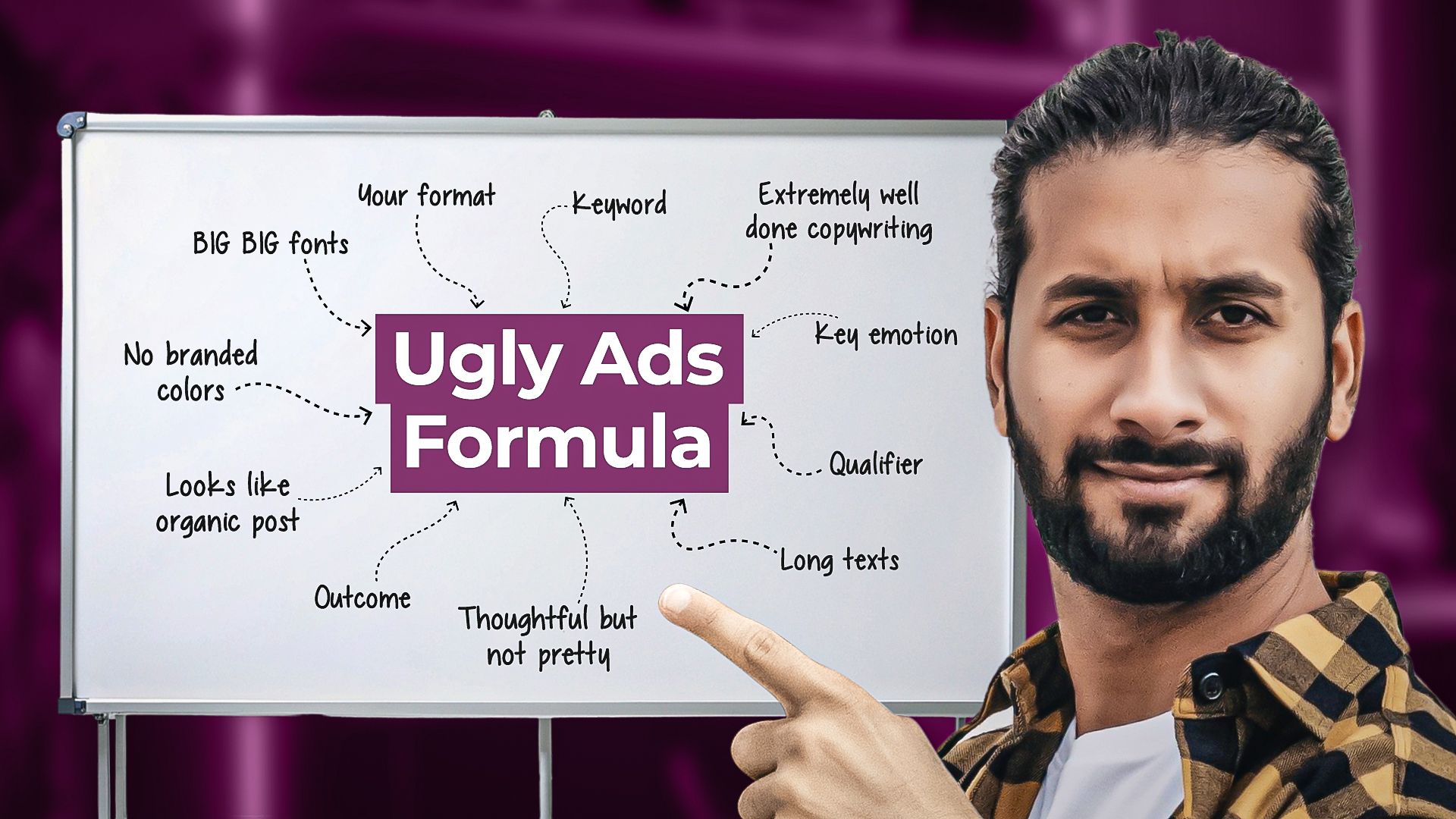
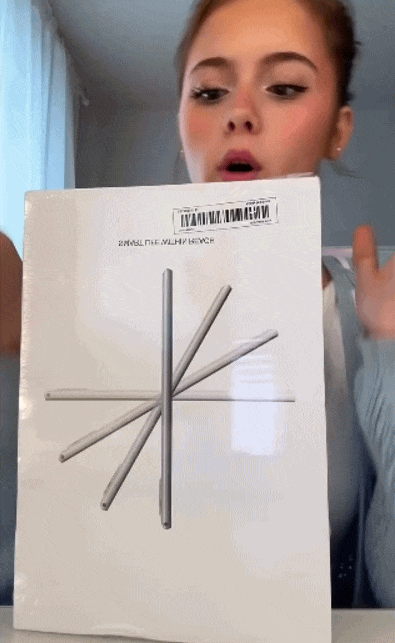
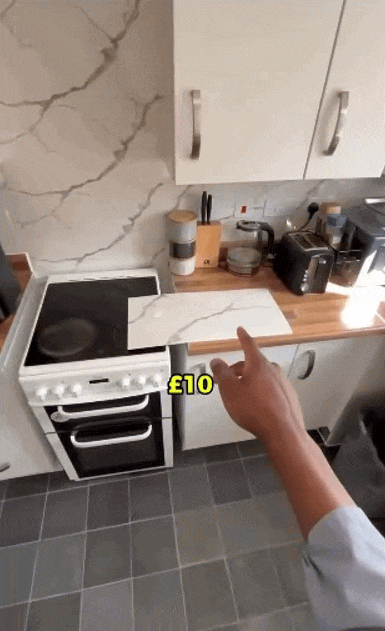
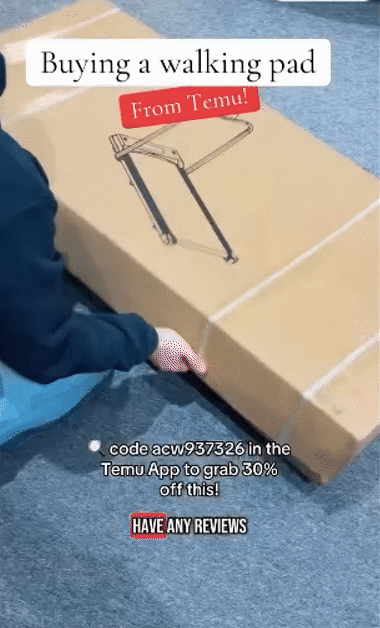

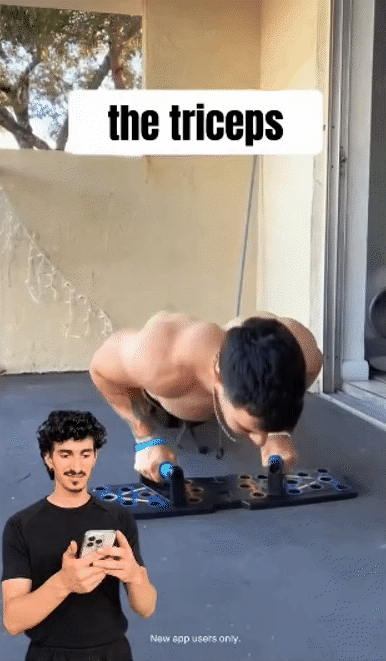
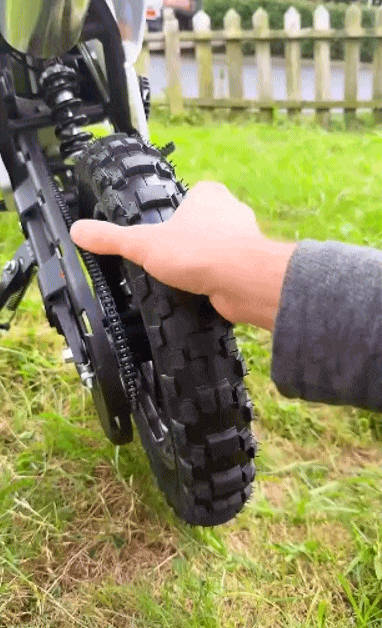
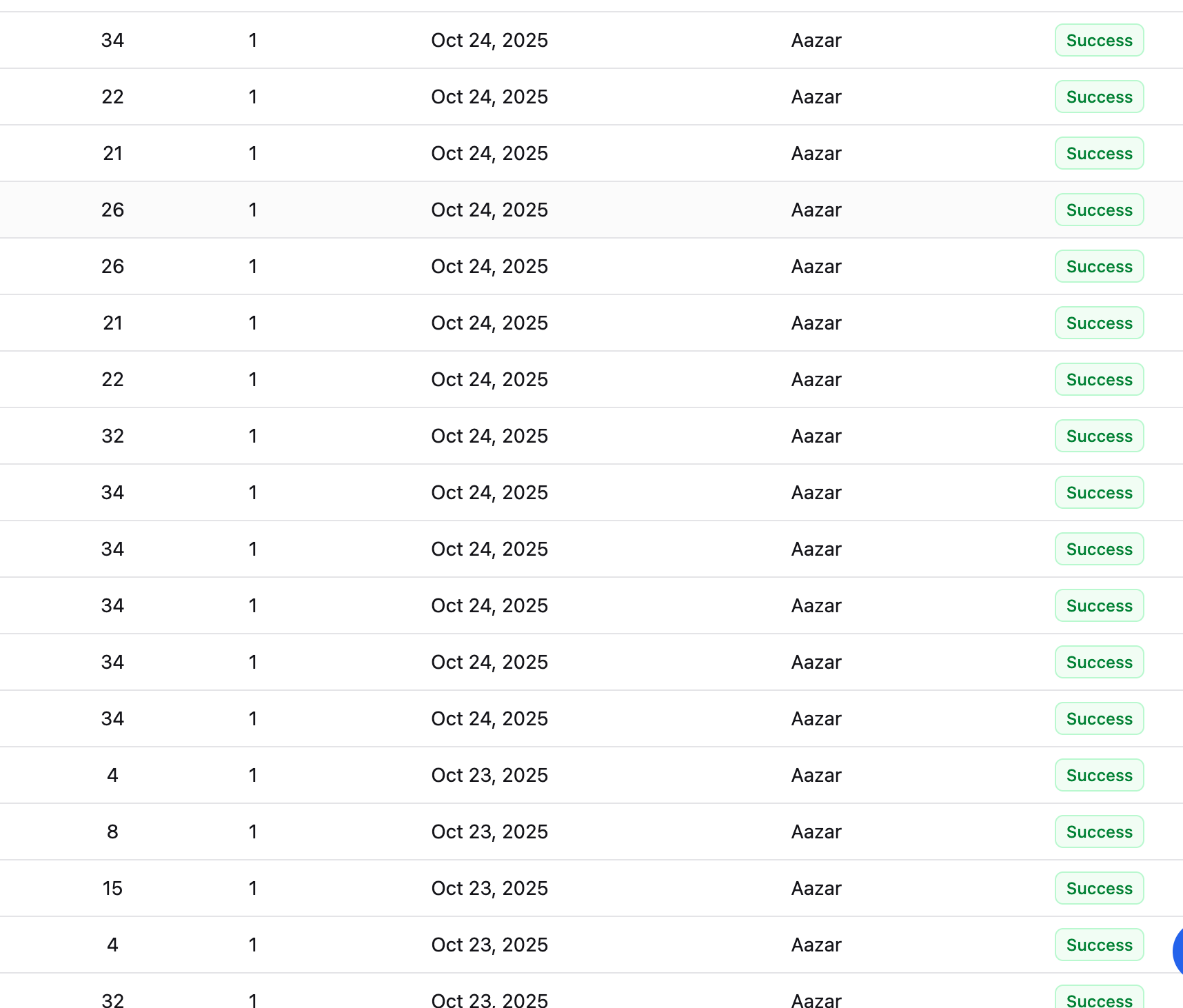
Reply